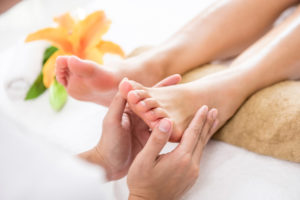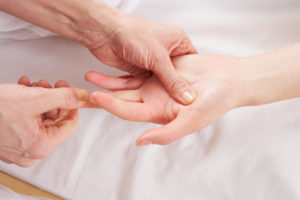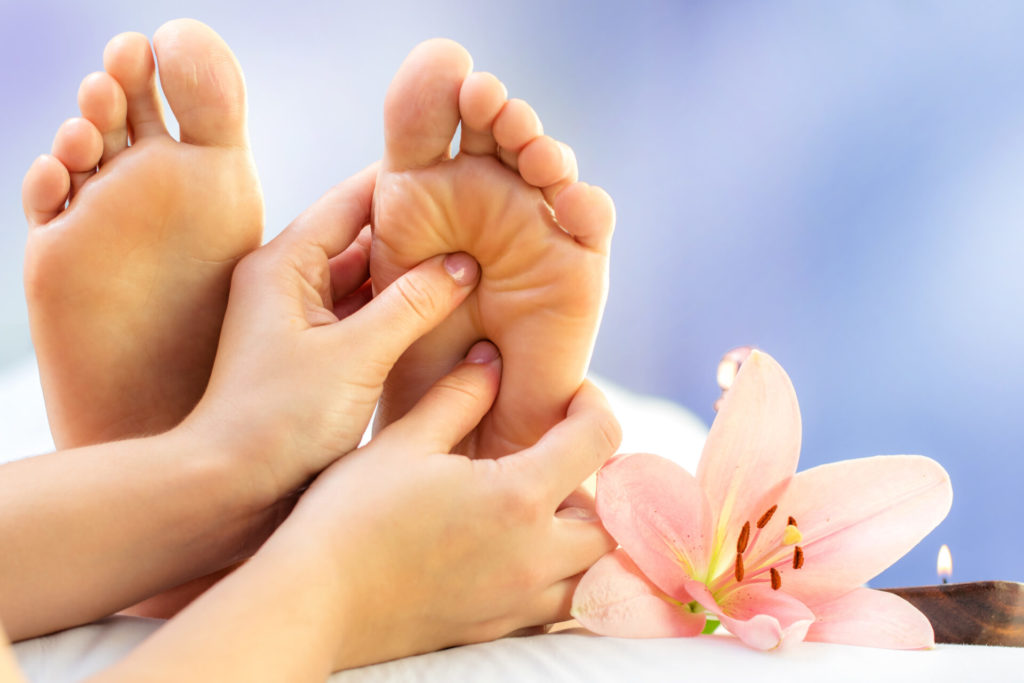“A massage never benefits me” – says no one ever.
Millions go monthly, weekly, or daily for a massage. There are several styles of massages, including hot stone, Thai, deep tissue etc. A beneficial type is the use of reflexology. Reflexology is the understanding of organs and the body’s overall system and then applying pressure to certain parts of the body to help aid in a wide variety of benefits. So, how does reflexology work, what benefits when applying this practice, and where did it originate? Let us tell you a bit about reflexology and why it can help your everyday practice, whether you are a massage therapist or someone looking to feel better overall.
What is reflexology?
The concept of reflexology began in traditional Chinese medicine. The Chinese believe in something called “qi” (pronounced as “chee”), and it flows through the human body. When the body is inflicted with stress, Chinese believe that those negative impacts block the body’s qi. As a result, this can cause illness due to an imbalance. The Chinese population addresses these issues by applying pressure to different parts of the body, which release energy towards the area that needs healing.
Specific points of pressure correspond with some regions of the body. Furthermore, in the study of reflexology, British scientists in the 1980’s found that there were nerves connected to specific organs in the body. They believe that the brain not only reacts to physical pain but can also create a nuisance in response to emotional and mental distress. The use of reflexology also can induce relaxation for those dealing with chronic pain or anxiety.
So, what are some specific pressure points that you can apply to reduce pain and stress? Let us show you.

In Your Feet
Your feet connect to multiple sites in the body. One of the biggest sites it can aid in is digestion. The centre part of the bottom of your foot closest to the outside is where your stomach is controlled. When that site is stimulated, it increases blood flow to your stomach and thus improves digestion. Surrounding that area are sites also connected to the kidneys, small intestine, liver and pancreas. Massage the bottom centre of the food, and you have yourself an organ relaxation soup.
The Face
Not everyone’s first stop when practicing reflexology, but the face is a great site containing many receptors linking to the brain and organs. The stimulation of meridian points connecting to the brain’s ability to regulate functions of a body’s organs is the primary use of facial reflexology. Other benefits of facial reflexology include better sleep, increased energy, elevated mood and headache/ sinus relief.

The Hands
The hands go through a lot on a day-to-day basis. The use of reflexology in the hands can benefit the body such as calming anxiety, aiding in digestion and headaches. When applying pressure to the inside crease of your wrist about 3 centimetres down, symptoms such as nausea, stomach pain, or digestive issues can be dramatically reduced. When massaging the inside part of the hand near the thumb, it is said to relieve cold-like symptoms such as a runny nose, sneezing, and sore throat.
Although there are many studies regarding the use of reflexology, the field is still very untapped and unclear as to the full benefits of the ancient Chinese medical practice. When using reflexology as a daily practice, many signs have pointed to long-term benefits.
Are you looking to expand your practice? Try out our online reflexology massage course today and incorporate the use of ancient Chinese medical practice into your business.


